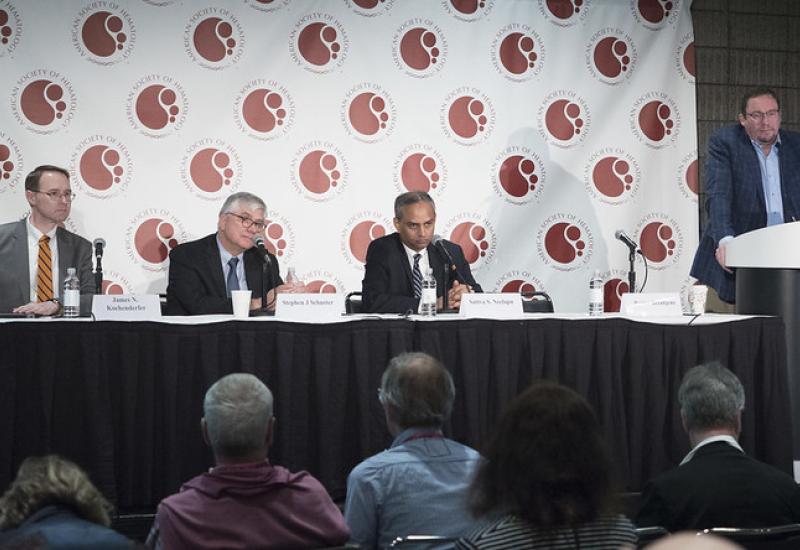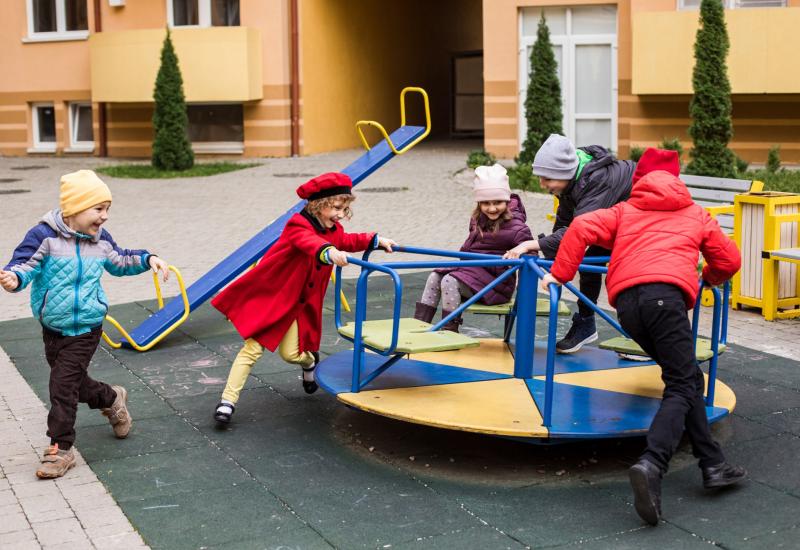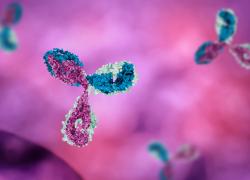
ASH 2025 preview – Kelonia gets a late-breaking coup
An in vivo Car-T produced a 100% response rate – in three patients.
An in vivo Car-T produced a 100% response rate – in three patients.

Kelonia’s BCMA-targeting in vivo Car-T candidate KLN-1010 only went into human trials in July, but has shown enough to bag a late-breaking slot at the American Society of Hematology meeting.
The ASH late breakers, revealed on Monday, will also feature the Majestec-3 trial of Johnson & Johnson’s Tecvayli and Darzalex combo, the Vayhit2 study of Novartis’s anti-BAFF-R antibody ianalumab, and Bruin CLL-313, testing Lilly’s non-covalent BTK inhibitor Jaypirca in first-line CLL. Jaypirca will also feature in a non-late-breaking oral session, with Bruin CLL-314.
100% ORR, n=3
But the big surprise is Kelonia’s KLN-1010 – the project’s presence among higher-profile drugs shows just how hot in vivo Car-T has become. The hope is that, by spurring patients to create Car-Ts within their own bodies, this could overcome some problems of autologous Car-T, including long production times, the need for lymphodepletion, and cost.
Still, efficacy will need to be up to scratch. In the phase 1 Inmmycar study, the ASH abstract details three partial responses among three multiple myeloma patients who received KLN-1010 following three to four prior lines of therapy.
Two patients experienced grade 2 cytokine release syndrome, in line with ex vivo Car-T. Encouragingly, there were no cases of immune effector cell-associated neurotoxicity syndrome (ICANS) or delayed neurotoxicity. This early promise will need to be confirmed in more patients, and the abstract promises updated results at the meeting.
The data reflect recent findings with AstraZeneca’s similarly acting ESO-T01, which produced four responses among four Chinese multiple myeloma patients receiving a low dose.
ESO-T01 came via Astra’s $425m purchase of EsoBiotec, one of a recent flurry of in vivo Car-T acquisitions. Privately held Kelonia has yet to attract a buyer, but recently signed discovery deal with J&J, adding to a collaboration with Astellas dating back to 2024.
The KLN-1010 data were seen as bad news for a key allogeneic Car-T player, Arcellx, whose stock closed down 17% on Monday. Investors could be worried that if in vivo Car-T lives up to expectations there might be a much reduced place for allogeneic therapies.
New standards of care?
Competition in multiple myeloma is fierce, and J&J hopes to consolidate its dominant position by combining its mega-blockbuster Darzalex with its BCMA-targeting T-cell engager Tecvayli.
Majestec-3 tested this doublet, versus Darzalex plus dexamethasone and either Pomalyst or Velcade, in multiple myeloma patients with one to three lines of prior therapy.
J&J toplined a win in October, and the ASH abstract concluded that the combo could become standard of care “as early as first relapse”. The primary endpoint of progression-free survival was easily met, with a hazard ratio of 0.17 (mPFS not reached with Darzalex plus Tecvayli, versus 18.1 months for control).
The secondary overall survival outcome also “significantly favoured” Darzalex plus Tecvayli, with a hazard ratio of 0.46.
J&J is also testing Darzalex plus Tecvayli plus Revlimid in the front line, in the Majestec-7 study.
Selected late-breaking ASH abstracts
| Project | Mechanism | Company | Trial | Setting | Abstract | Summary |
|---|---|---|---|---|---|---|
| KLN-1010 | BMCA in vivo Car-T | Kelonia | Ph1 inMMyCAR | r/r MM | LBA-1 | ORR 100% (n=3) |
| Ianalumab | Anti-BAFF-R MAb | Novartis | Ph3 Vayhit2 | 2L ITP (+ Promacta) | LBA-2 | mTTF 13.0mths (9mg/kg) & NE (3mg/kg), vs 4.7mths (Promacta) |
| Jaypirca | Non-covalent BTK inhibitor | Lilly | Ph3 Bruin CLL-313 | 1L CLL (vs Rituxan + bendamustine) | LBA-3 | 11 Jul 2025 cutoff: PFS HR 0.199, p<0.0001; OS HR 0.257, p=0.0261 |
| Tecvayli | BCMA T-cell engager | J&J | Ph3 Majestec-3 | r/r MM (+ Darzalex) | LBA-6 | mPFS NR (Tec-Darza) & 18.1mths (Dpd/Dvd); HR 0.17, p<0.0001 |
Note: TTF=time to treatment failure, defined as platelet count <30g/l, start of a new ITP treatment, need for rescue treatment, ineligibility to taper or discontinue Promacta, or death. Source: ASH.
Also likely moving to earlier lines, in CLL, is Lilly’s Jaypirca, supported by both Bruin CLL-313 and Bruin CLL-314.
The late-breaking Bruin CLL-313 pitted Jaypirca against Rituxan and bendamustine in first-line patients. According to the abstract PFS, the primary endpoint, was statistically significantly improved with Jaypirca, with a hazard ratio of 0.199. Overall survival data were immature, but there was a trend favouring Jaypirca, with a hazard ratio of 0.257, despite the fact that 53% of control patients crossed over to the experimental arm.
Jaypirca has FDA accelerated approval in third-line CLL; Lilly has said it’s planning a filing in earlier lines, backed by both studies, set to begin later this year. The company previously told ApexOnco that it saw the drug mainly being given after a covalent BTK inhibitor, but the latest data could spur earlier use.
ASH 2025 takes place in Orlando, Florida on 6-9 December.
1506













